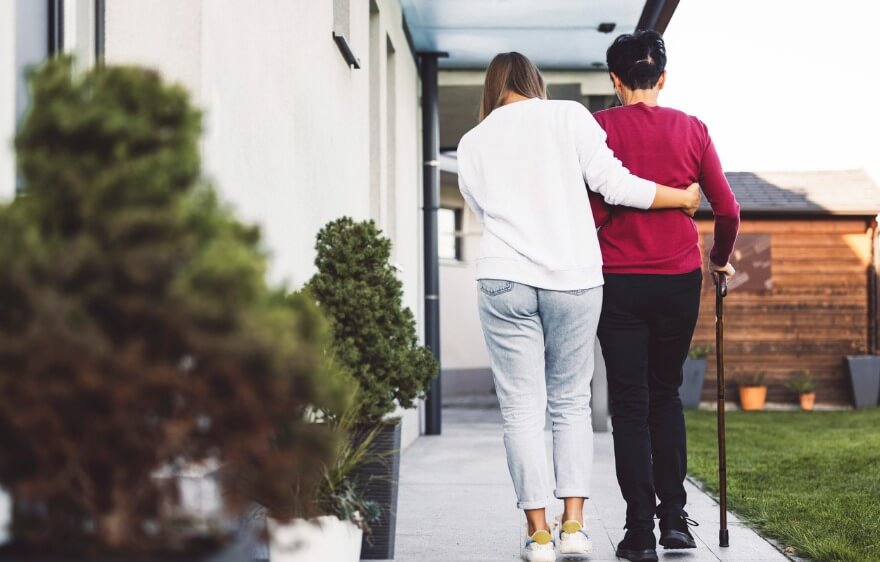In the demanding world of nursing, every decision can have significant implications for patient care. The chaos of a busy shift — multiple patients, complex cases, and critical choices — can overwhelm even the most experienced nurses. This is where nursing best practices come into play, providing a solid framework that removes the guesswork and ensures consistency and safety in patient care. By relying on these established protocols, nurses can focus more on what truly matters — their patients.
Best practices in nursing are well-established protocols and guidelines that have been shown through evidence and experience to lead to optimal patient outcomes. These include everything from clinical procedures to administrative tasks and communication strategies.
Why Following Best Practices is Important
- Safety: Reduces the likelihood of errors by providing a transparent, standardized approach to patient care.
- Efficiency: Streamlines processes, saving time and resources so that nurses can focus more on direct patient care.
- Quality of Care: Ensures high standards across the healthcare system, regardless of shifts, individual nurse experience, or location.
- Patient Satisfaction: This leads to better patient experiences and outcomes, which are crucial for trust and institutional reputation.
13 Best Practices in Nursing
1. Infection Control
One of the cornerstones of nursing best practices is strict adherence to infection control protocols. This includes hand hygiene, personal protective equipment (PPE) use, and proper sterilization techniques.
2. Patient Assessments
Conducting thorough and systematic patient assessments ensures timely, appropriate, and effective care. Best practices involve using validated assessment tools and techniques to gather accurate and comprehensive patient data.
3. Medication Management
Proper medication management practices are critical to avoid medication errors. Best practices include double-checking dosages, ensuring accurate patient identification, and adhering to the five rights of medication administration: right patient, right drug, correct dose, right route, and right time.
4. Communication
Effective communication among healthcare teams is essential for coordinating care and preventing errors. Best practices include using standardized communication tools and protocols, such as SBAR (Situation-Background-Assessment-Recommendation).
Tailor your communication style to be understandable and comforting to children of different ages. Pay close attention to the child’s verbal and non-verbal cues. This not only aids in diagnosis but also makes the child feel valued and respected.
5. Education and Training
Continuous education and training are vital for implementing the latest best practices. Participating in workshops, seminars, and online courses can help nurses stay informed.
6. Team Collaboration
Working closely with other healthcare professionals helps to reinforce best practices. Team meetings and joint training sessions ensure everyone is on the same page.
7. Feedback and Improvement
Regular feedback on performance with respect to best practices can identify areas for improvement. Implementing changes based on feedback helps maintain high standards of care.
As a nurse, embracing and implementing best practices is not just about following rules — it’s about making a real difference in the lives of your patients. It’s about cutting through the chaos of daily challenges and focusing on providing the best possible care. At Care Options for Kids, we are committed to supporting our nurses in this mission. We offer a creative and supportive environment where you can grow professionally and personally.
8. Advocating For The Child
Be an advocate for your patients’ best interests. Participate in hospital committees or professional groups to advocate for improvements in pediatric care practices. Help children and their families be informed about their rights and available healthcare services.
9. Privacy And Dignity
Respecting the privacy and dignity of young patients is crucial. Always explain what you are doing and why, ensuring the child feels respected and not just a subject of treatment. Maintain confidentiality and privacy during treatments and discussions about their health.
10. Pain Management
Effective pain management is essential, especially for children who may not fully understand why they are experiencing discomfort. Stay updated with the latest pain management techniques and consider non-pharmacological options like games or music. Teach children and their families about pain management strategies and what to expect during procedures.
11. Involving The Family
Involve the family to increase a child’s comfort and recovery. Encourage parents to participate in their child’s care plan and stay informed about their treatment. Provide resources and support for families, helping them cope with the stress of a child’s illness.
12. Emotional Support
Supporting a child’s emotional health is as important as physical health. Sometimes, simply being with the child, offering a smile or a kind word, can make a big difference. Allow children to express their feelings about their health or hospital experience, whether through talking, drawing, or other forms of expression.
13. Enhancing Physical Safety
A physically safe environment promotes health and well-being in children. Ensure all equipment is child-proofed and check the environment for potential hazards. Design treatment areas with children in mind, using bright colors and safe, engaging toys that help reduce anxiety.
Join the Care Options For Kids Team!
Are you ready for meaningful work that comes with benefits and not burnout? Join the compassionate care team that helps children and families live their best lives. Our clinicians provide best-in-class pediatric nursing, therapy, and school-based services. We bring individualized care to children where they live, work, and play. We have opportunities in homes, schools, and clinics across the country.
Apply at Care Options for Kids now. We make it easy to start so you can make a difference as soon as possible.






